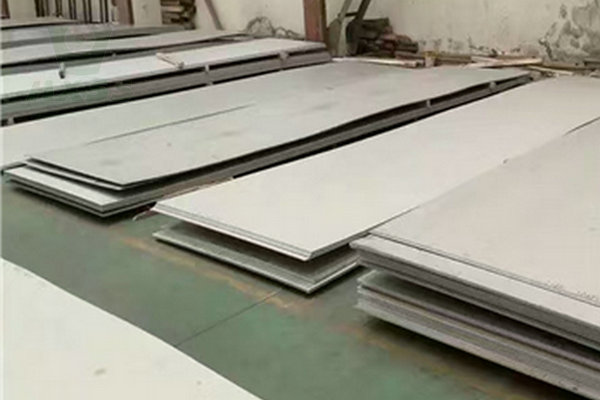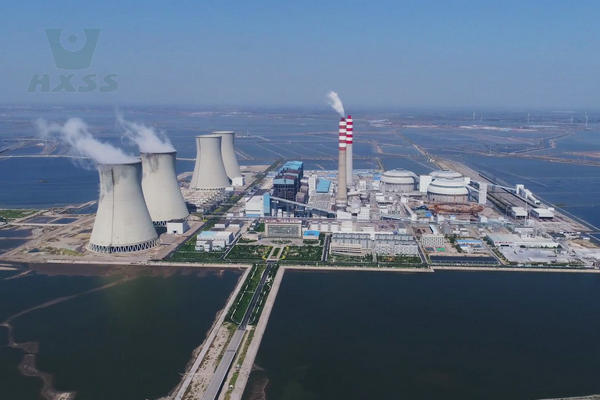The true value of “stainless steel” goes far beyond its shiny appearance. For engineers, architects, and product designers, choosing the right material means deeply understanding its performance limits. The “performance” of stainless steel is a comprehensive concept that covers everything from load-bearing capacity to stability in harsh chemical environments.
This technical guide will take a deep look at the three most important performance pillars of stainless steel: mechanical properties, physical properties, and corrosion resistance, and provide key data to help you choose the best stainless steel grade for your project.

Mechanical Properties of Stainless Steel
Mechanical properties determine how stainless steel reacts when subjected to external forces, which is critical for all structural and load-bearing applications.
Strength: This is usually the first consideration.
- Tensile Strength: The maximum stress a material can withstand before being stretched to the point of breaking.
- Yield Strength: The stress point at which a material begins to undergo permanent plastic deformation. This is usually a more critical parameter for structural design than tensile strength.
Hardness: The ability of a material to resist local indentation or scratching. It is usually related to wear resistance.
Ductility: The ability of a material to undergo plastic deformation before breaking, usually measured by elongation. High ductility means that the material can be stretched to a great length before breaking, making it suitable for stamping and forming.
Toughness: The ability of a material to absorb energy and deform plastically before breaking, a combination of strength and ductility.
Comparison of Mechanical Properties of Common Stainless Steel Grades
For ease of comparison, the table below lists the typical room temperature mechanical properties of some common stainless steel grades in the annealed state. Please note that these values may vary depending on the specific heat treatment and processing methods.
| Grade | Yield Strength (MPa, min) | Tensile Strength (MPa, min) | Elongation (%, min) | Hardness (HRB, max) |
| 304 | 205 | 515 | 40 | 92 |
| 316L | 170 | 485 | 40 | 95 |
| 430 | 205 | 450 | 22 | 89 |
| 2205 (Duplex Steel) | 450 | 655 | 25 | 99 |
Note: Duplex stainless steels (such as 2205) are nearly twice as strong as standard austenitic stainless steels (304/316), making them ideal for applications requiring high strength and reduced weight.
Physical Properties of Stainless Steel
Physical properties describe the inherent characteristics of a material that are important in thermal management, and when used in conjunction with other materials.
Density: Austenitic stainless steels (such as 304/316) have a density of approximately 8.0 g/cm³.
Thermal Expansion: Stainless steels have a thermal expansion coefficient that is approximately 50% higher than carbon steel. This must be considered when designing welded structures that need to withstand temperature changes.
Thermal Conductivity: Stainless steels have a much lower thermal conductivity than carbon steel, meaning that heat is transferred more slowly through them. This property makes them suitable for thermal insulation applications, but also makes them more difficult to weld.
Magnetism: This is a common misconception.
Austenitic stainless steels (300 series): are non-magnetic in the annealed state. However, they may become slightly magnetic after cold working (e.g., bending, stretching).
Ferritic (400 series), martensitic, and duplex stainless steels: are inherently magnetic.
Corrosion Resistance of Stainless Steel
For many applications, this is the most important property of stainless steel. This property is mainly due to chromium (Cr), which forms a thin but strong protective chromium oxide film on the surface of the steel.
Nickel (Ni): Stabilizes the austenite structure, improves formability and weldability, and enhances corrosion resistance in non-oxidizing acid environments.
Molybdenum (Mo): Significantly enhances resistance to pitting and crevice corrosion from chlorides (such as salt water, de-icing salts). This is the key difference between 304 and 316.
Pitting Equivalent Number (PREN): A calculated value used to measure the pitting corrosion resistance of stainless steel, PREN = %Cr + 3.3 x %Mo + 16 x %N. The higher the PREN value, the greater the resistance to chloride corrosion.
304 has a PREN value of about 18
316 has a PREN value of about 24
Duplex steel 2205 can have a PREN value of more than 35
Need more information on how to choose a corrosion resistance grade for your application? Contact us directly.
Match the Right Properties for Your Project

Stainless steel selection is a balancing act. Do you need extreme strength or long-term durability in marine environments?
Structural applications: Consider high-strength grades, such as duplex 2205.
General-purpose and food equipment: 304 stainless steel offers the perfect balance between cost and performance.
Marine, chemical, or coastal environments: 316/316L stainless steel is a must for its excellent resistance to salt corrosion.
High temperature applications: Consider grades with higher chromium and nickel, such as 310S or 321.
Let the Experts Help You Decision
Understanding these technical performance data is the first step to ensuring a successful project. At Huaxiao Metal, we have a stock of stainless steel with a variety of performance characteristics to meet your most demanding requirements.
Our technical team can help you interpret the data sheet and match the best-performing and most cost-effective stainless steel grade for your application.
Contact us today for technical support and a competitive quote!
